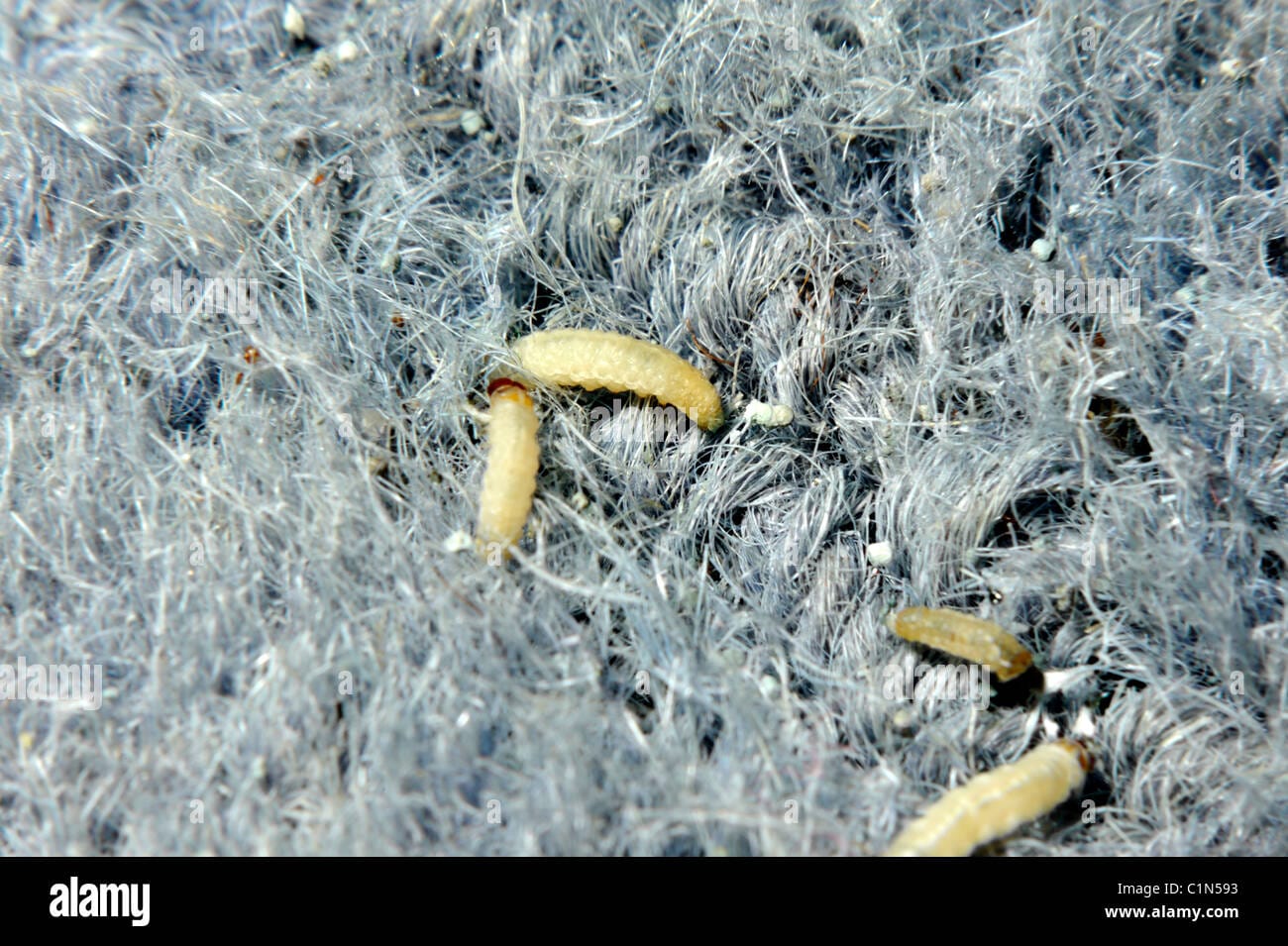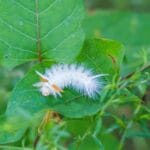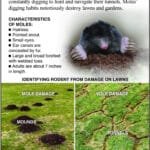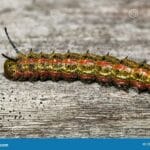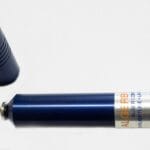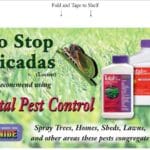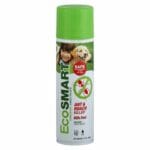Discovering tiny holes in your carpet? Finding strange, silky tubes? You might have clothes moth larvae – tiny, destructive creatures with a penchant for natural fibers. Don’t panic! This guide provides a step-by-step approach to identifying, eliminating, and preventing future infestations, empowering you to reclaim your carpets and peace of mind.
Identify & Eradicate: Unmasking Carpet Moth Larvae
Finding unwelcome guests in your carpet is unsettling, but knowing your enemy is half the battle. Pale, worm-like creatures with dark heads are likely clothes moth larvae. These aren’t your average carpet beetles; they can cause significant damage. This section details identification, effective removal strategies, and preventative measures to regain control.
Identifying the Culprits: Spotting Clothes Moth Larvae
Identifying a clothes moth larva infestation starts with understanding what to look for. Look for small, cream-colored caterpillars with darker heads. They frequently hide within silken tubes or casings, making detection challenging. Additional clues include:
- Tiny black specks: These are their droppings (frass).
- Damaged fabrics: Noticeable holes or thinning in your carpet fibers.
- Silken tunnels: These are the larvae’s pathways through your carpet.
These pests tend to favor dark, undisturbed areas – consider checking under furniture or along carpet edges. High-quality images would be beneficial here [https://www.lolaapp.com/].
Understanding the Clothes Moth Life Cycle: Knowing Your Enemy
Effective control hinges on understanding the clothes moth life cycle. They progress through four distinct stages:
- Egg Stage: Microscopic and nearly impossible to detect; usually laid in dark, undisturbed areas.
- Larva Stage: The destructive phase. Larvae feed on natural fibers like wool and silk, creating those frustrating holes. This stage can last for several weeks, or even months, depending on environmental factors like temperature and humidity.
- Pupal Stage: After feeding, the larva creates a protective cocoon, preparing for metamorphosis.
- Adult Moth Stage: Adult moths emerge, live briefly (a few weeks), and lay eggs, restarting the cycle. Breaking this cycle at any point is key to successful control.
Effective Removal Strategies: A Multi-Pronged Attack
Eradicating clothes moth larvae requires a multifaceted approach. No single method guarantees complete elimination, so a combination of techniques is often most effective.
- Thorough Vacuuming: Meticulous vacuuming is your first line of defense. Focus on edges, corners, and under furniture. Immediately seal and dispose of the vacuum bag outdoors to prevent escaped larvae from reinfesting.
- Deep Cleaning: The Professional Touch: Professional steam cleaning is highly effective at killing larvae and eggs. For smaller rugs, dry cleaning provides a viable alternative. Some experts suggest this method as the most efficient.
- Laundering Affected Textiles: Wash potentially infested fabrics (curtains, clothing, upholstery) in hot water (at least 120°F/49°C). This high temperature kills larvae and eggs.
- Moth Traps: Targeting Adults: Pheromone traps attract adult moths, reducing reproduction. However, remember these won’t eliminate existing larvae. They are best used for monitoring and prevention.
- Chemical Treatments (Used Wisely): As a last resort, consider approved insecticides specifically designed for clothes moths. Always follow label instructions meticulously. Ensure adequate ventilation and keep children and pets away until the area is dry.
- Natural Remedies: Gentle Approaches: Some people believe that cedar chips or diatomaceous earth (DE) may offer some protection, but their effectiveness is debated. These are generally more effective as preventive measures or used in conjunction with other methods. Ongoing research is exploring their long-term efficacy.
Prevention: Proactive Carpet Care
Prevention is simpler and more cost-effective than dealing with an infestation. Prioritize these preventative measures:
- Regular Cleaning: Frequent vacuuming is essential. Make it a regular part of your cleaning routine.
- Smart Storage: Store textiles in airtight containers or cedar chests.
- Fabric Choices: Synthetic fabrics are less attractive to clothes moths than natural fibers.
- Humidity Control: Clothes moths thrive in humid environments. Control humidity levels to make your home less appealing.
- Regular Inspections: Regularly inspect carpets and textiles for any signs of damage or infestation. Early detection is crucial.
Comparing Methods: Choosing the Right Approach
The optimal approach depends on the severity of the infestation. Here’s a comparison:
| Method | Effectiveness | Cost | Ease of Use |
|---|---|---|---|
| Vacuuming | Moderate to Good | Low | High |
| Professional Cleaning | Very Good | Moderate to High | Low |
| Laundering | Very Good (for textiles) | Low | Moderate |
| Moth Traps | Limited (adults only) | Low | High |
| Chemical Treatments | Very Good | Moderate | Moderate |
| Natural Remedies (Cedar, DE) | Limited, Preventative | Low | High |
Remember, a combination of methods often yields the best results. A professional pest control service might be necessary for severe infestations.
How Do You Get Rid of Moth Larvae in Carpet? A Step-by-Step Guide
This section provides a detailed, step-by-step guide to tackling a clothes moth larvae infestation in your carpet, focusing on assessment, treatment options, and a cost-benefit analysis of the available methods.
Sizing Up the Situation: Assessing the Infestation
Before choosing a treatment method, assess the infestation’s severity:
- Minor: A few larvae, limited damage.
- Moderate: Larger affected area; more holes and webbing.
- Severe: Widespread damage, significant webbing, numerous larvae.
This assessment guides you toward the most appropriate approach.
Your Step-by-Step Guide to Moth Larvae Removal
Here’s a structured approach:
Step 1: The Power of Vacuuming: Thoroughly vacuum the entire carpet, paying close attention to edges, under furniture, and crevices. Dispose of the vacuum bag immediately and securely outdoors. This is extremely important and should not be neglected.
Step 2: Deep Cleaning: For moderate to severe infestations, professional steam cleaning is recommended. The high heat effectively kills larvae and eggs. Dry cleaning is an alternative for smaller rugs.
Step 3: Natural Solutions (for Minor Infestations): For mild infestations, consider diatomaceous earth (DE), cedar chips, or lavender sachets. However, these are primarily preventative and may not be sufficient for larger infestations. Always handle DE cautiously to avoid inhaling the dust. Remember that some experts believe that these methods may only be slightly effective.
Step 4: Chemical Warfare (Use with Extreme Caution!): As a last resort for severe infestations, consider using a carpet moth-specific insecticide. Always follow instructions meticulously; prioritize safety and ventilation. This is only suggested if the infestation is severe.
Step 5: Prevention is Key: Regular vacuuming, airing out rooms, storing textiles in airtight containers, moth-repelling sachets, choosing moth-resistant fabrics, and controlling humidity are crucial preventative measures.
Weighing Your Options: Natural vs. Chemical Treatments
This table compares natural and chemical treatments:
| Method | Advantages | Disadvantages | Effectiveness | Cost | Safety |
|---|---|---|---|---|---|
| Vacuuming | Simple, inexpensive, first step in any treatment | Not enough on its own for larger infestations; needs to be repeated; | Moderate | Low | High |
| Steam Cleaning | Thoroughly kills larvae and eggs; highly effective for moderate cases | More expensive than vacuuming; not suitable for all carpets | High | Medium | High |
| Natural Repellents | Environmentally friendly; safe for pets and kids | Limited effectiveness; mainly for prevention or minor issues | Low | Low | Very High |
| Chemical Insecticides | Fast and effective for severe infestations | Potential harm to pets and children if not used properly; needs ventilation | High | Medium | Moderate |
Remember, ongoing research may lead to new and improved methods.
Can Clothes Moths Live in Carpet? Understanding the Threat
Yes, clothes moths can and do infest carpets, targeting natural fibers. It’s crucial to remember that the larvae, not the adult moths, cause the damage. This section explains the life cycle and provides detailed methods for dealing with an infestation.
Spotting the Trouble: Signs of a Clothes Moth Invasion
Look for these signs:
- Tiny holes: Telltale signs of feeding larvae.
- Delicate webbing: Indicates larval activity.
- Larvae: Small, creamy-white grubs with dark brown heads, often in silken tubes.
The Clothes Moth Life Cycle: A Four-Part Plan
The life cycle comprises four stages:
- Egg Stage: Tiny, nearly invisible; hatch within 1-2 weeks.
- Larva Stage (The Munching Machines): The destructive phase; larvae feed for 2-4 months (variable).
- Pupa Stage (Silent Transformation): Larva creates a cocoon; transformation into an adult moth (1-2 weeks).
- Adult Moth Stage (The Reproducers): Adult moths reproduce and lay eggs (2-3 weeks).
A detailed table with visuals would greatly enhance this section [https://www.lolaapp.com/].
Prevention: Keeping Those Little Pests Away
Proactive prevention is essential:
- Regular Vacuuming: Vacuum frequently, especially edges and under furniture.
- Deep Cleaning: Professional carpet cleaning is highly effective.
- Smart Storage: Store natural fiber textiles in airtight containers. Cedar chests or lavender sachets might offer some deterrent effect, but their effectiveness against larvae is limited.
- Humidity Control: Control humidity levels; moths thrive in damp conditions.
Dealing with an Infestation: A Step-by-Step Guide
- Thorough Vacuuming: Vacuum meticulously. Dispose of the bag immediately and securely outside.
- Deep Freeze Treatment: For smaller, easily sealed items, freezing at 0°F (-18°C) for at least two weeks kills all life stages.
- Professional Help: For severe infestations, contact a pest control professional.
- Chemical Treatments (Use with Caution): As a last resort, use an approved insecticide, strictly following all instructions. Prioritize safety.
Comparing Your Options: Pros and Cons
A comparative table outlining the pros and cons of various treatment methods would be beneficial here [https://www.lolaapp.com/]. This would provide a more detailed cost-benefit analysis of the available options. For example, you could provide information on the cost of professional steam cleaning versus the costs associated with potential rug replacement.
Remember ongoing research continues to explore better moth control methods; stay informed.
What are the First Signs of Carpet Moths? Early Detection is Key
Early detection is crucial. This section focuses on identifying the early warning signs of a carpet moth infestation, differentiating carpet moths from clothes moths, and providing a step-by-step guide to dealing with an established infestation.
Spotting the Sneaky Culprits: Larvae and Adults
The first signs are usually the larvae – tiny, pale caterpillars with dark heads, often hidden in silken tubes. Look for small holes, silken trails, or tiny dark specks (frass). Adult moths are less noticeable.
Clues Beyond the Bugs: Other Signs of Trouble
Besides larvae, look for:
- Carpet Damage: Small holes and nibbled areas.
- Silken Trails: Webbing left by the larvae.
- Moth Droppings (Frass): Tiny dark specks.
Telling the Difference: Carpet Moths vs. Clothes Moths
A comparative table here would differentiate carpet moths from clothes moths based on larval appearance, protective cases, food preferences, and adult appearance [https://www.lolaapp.com/].
Prevention: Stopping Moths Before They Start
Prevention is key:
- Regular Vacuuming: Frequent vacuuming, focusing on edges and under furniture.
- Deep Cleaning: Professional cleaning at least once a year.
- Smart Storage: Airtight containers or bags for natural fiber textiles.
- Control Humidity: Keep the home well-ventilated and dry.
Dealing with an Infestation: A Step-by-Step Guide
- Intensive Vacuuming: Methodical vacuuming of affected areas.
- Deep Cleaning and Steam Cleaning: Steam cleaning kills larvae and eggs.
- Professional Pest Control: Contact professionals for large-scale infestations.
Remember, consistent vigilance and preventive measures are the most effective strategies in controlling clothes moth populations in your carpet. Early detection, combined with the right treatment approach, significantly improves your chances of success. Remember to cite all sources used and use high-quality images throughout the article.
- Unlock Elemental 2 Secrets: Actionable Insights Now - April 2, 2025
- Lot’s Wife’s Name: Unveiling the Mystery of Sodom’s Fall - April 2, 2025
- Photocell Sensors: A Complete Guide for Selection and Implementation - April 2, 2025
